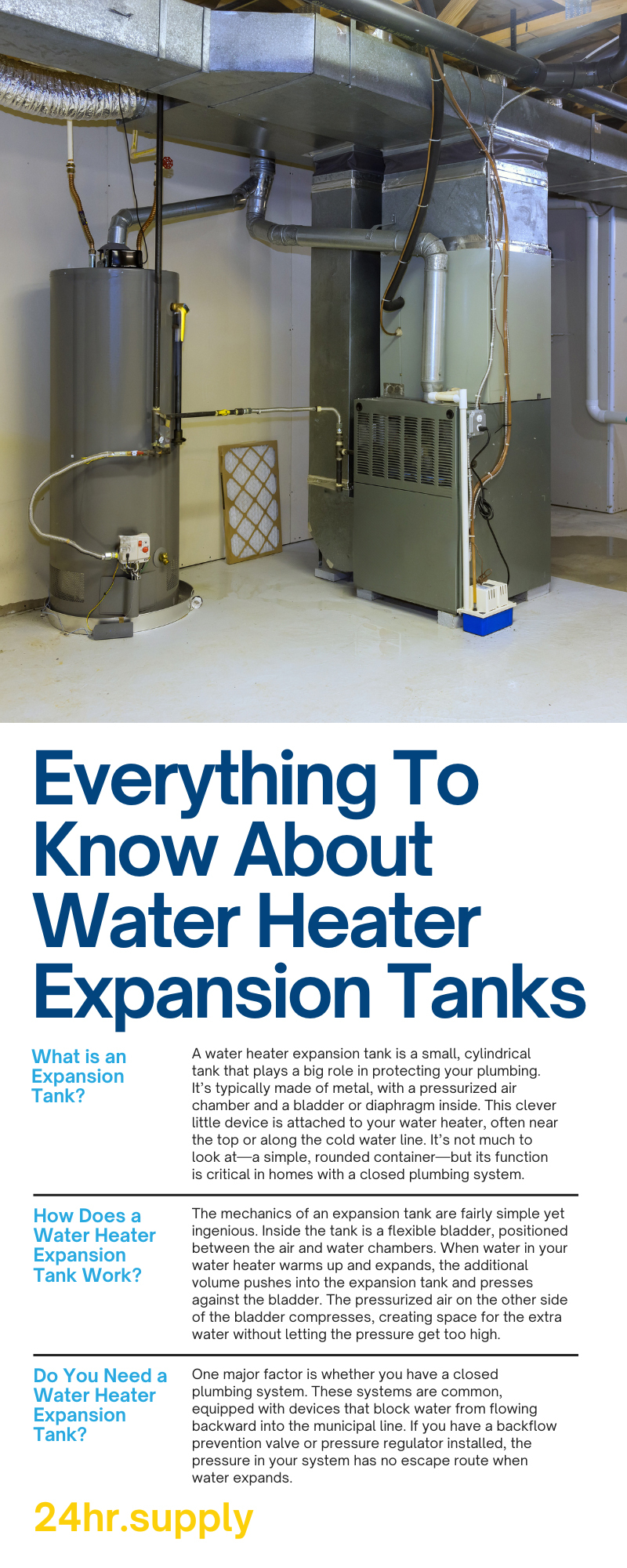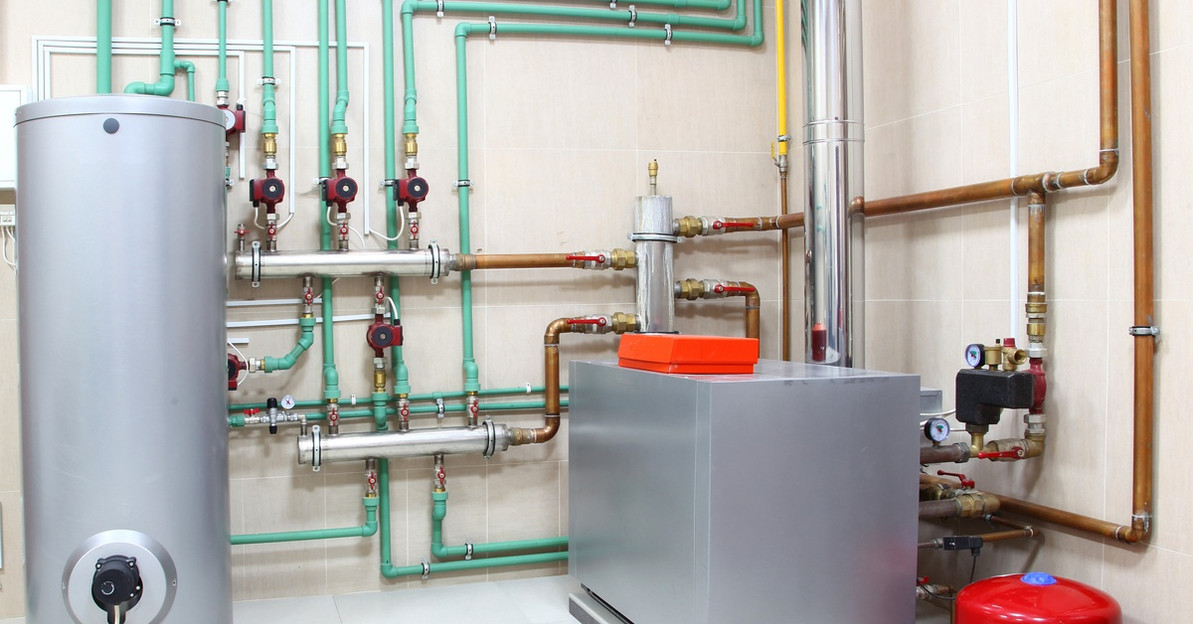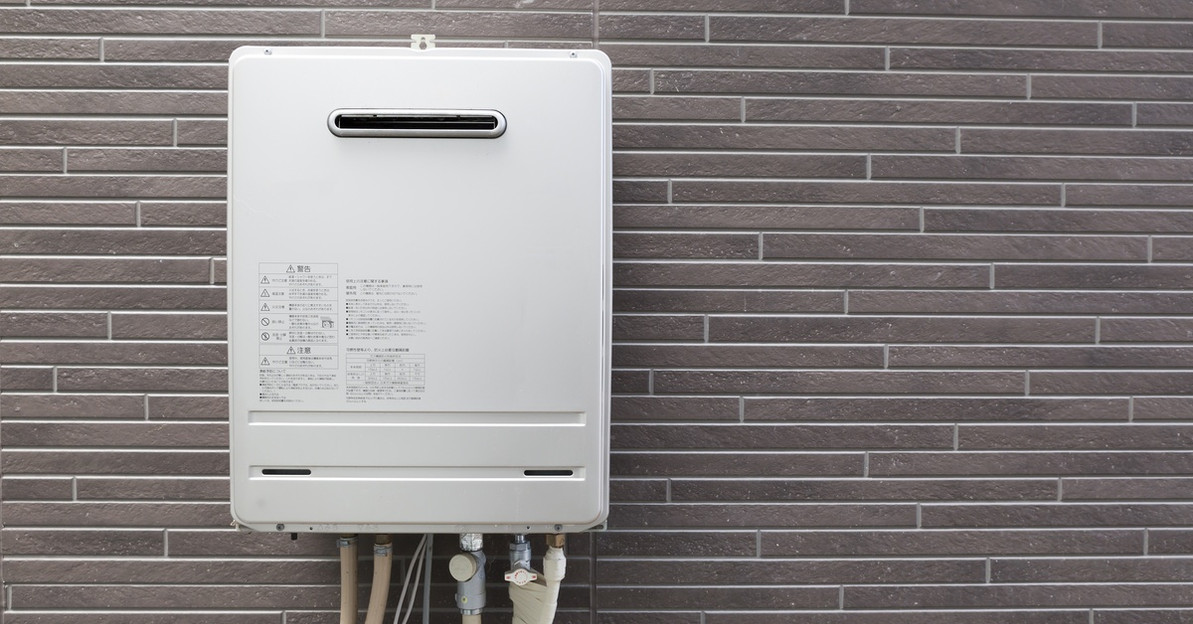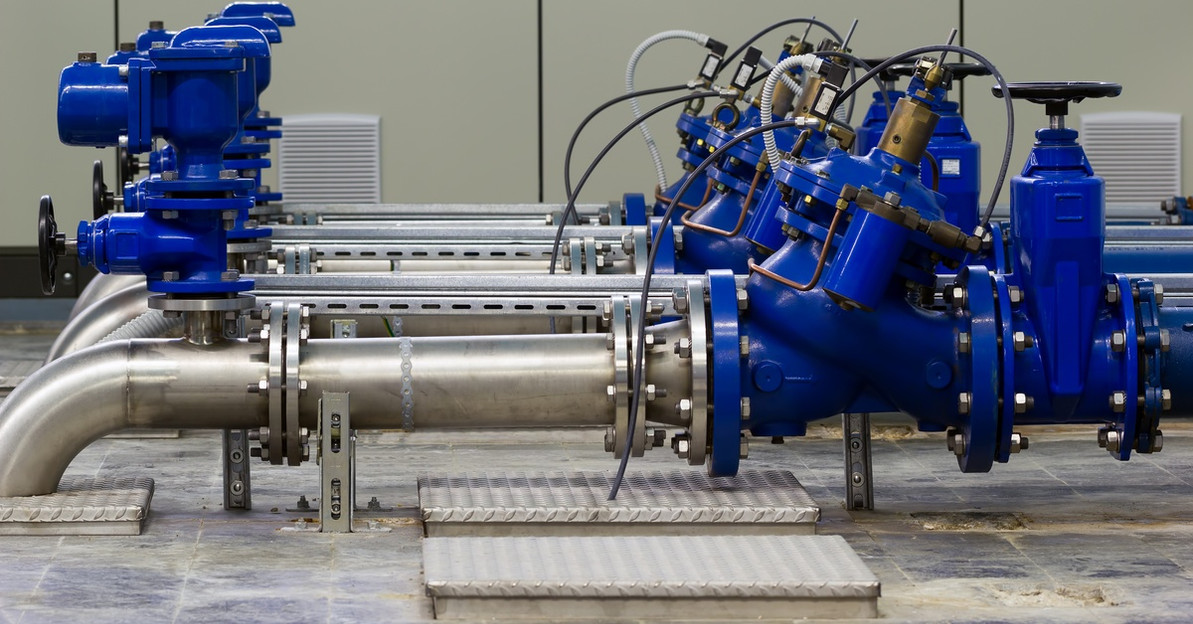Everything To Know About Water Heater Expansion Tanks
Have you ever wondered what exactly a water heater expansion tank does or why some homes need one? If you’re like most people, plumbing systems aren’t something you think about often—until something goes wrong. But understanding a few basics, like the purpose of an expansion tank, can save you a lot of hassle and even some money.
A water heater expansion tank is a small yet vital component for many modern homes. Its job is pretty straightforward: it helps control the pressure that builds up when water heats and expands. Without it, that extra pressure has to go somewhere, and more often than not, it finds its way into your plumbing system. Over time, this surge in pressure can strain your pipes, valves, and even your water heater itself, leading to leaks, system failures, and expensive repairs.
Let’s dive into everything you need to know about water heater expansion tanks. We’ll break down how they work, the signs your home might need one, and the many ways they shield your plumbing from damage. By the end, you’ll have a solid understanding of whether an expansion tank is a smart upgrade for your home.
What is an Expansion Tank?
A water heater expansion tank is a small, cylindrical tank that plays a big role in protecting your plumbing. It’s typically made of metal, with a pressurized air chamber and a bladder or diaphragm inside. This clever little device is attached to your water heater, often near the top or along the cold water line. It’s not much to look at—a simple, rounded container—but its function is critical in homes with a closed plumbing system.
When water heats up, it expands. This increase in volume can create significant pressure in closed systems, where water has nowhere to go. The expansion tank serves as a safety net, absorbing the extra pressure and preventing damage to your pipes, valves, or fixtures. Picture it like a shock absorber for your plumbing—it steps in when the pressure spikes, keeping everything running smoothly.
How Does a Water Heater Expansion Tank Work?
The mechanics of an expansion tank are fairly simple yet ingenious. Inside the tank is a flexible bladder, positioned between the air and water chambers. When water in your water heater warms up and expands, the additional volume pushes into the expansion tank and presses against the bladder. The pressurized air on the other side of the bladder compresses, creating space for the extra water without letting the pressure get too high.
The tank connects to the cold water inlet pipe of the water heater and fully integrates into the system. Its importance becomes especially evident in closed plumbing systems.
Closed systems are typically equipped with devices like backflow preventers or pressure-reducing valves, which stop water from flowing backward into the main supply. While those devices are great for water safety, they can trap excess pressure in the system. That’s where the expansion tank comes in, protecting not just the water heater but the entire plumbing network. Without it, even something as robust as a commercial hot water heater could face problems due to unregulated pressure.
Do You Need a Water Heater Expansion Tank?
How do you know if your home or business really needs a water heater expansion tank? One major factor is whether you have a closed plumbing system. These systems are common, equipped with devices that block water from flowing backward into the municipal line. If you have a backflow prevention valve or pressure regulator installed, the pressure in your system has no escape route when water expands.
Another thing to consider is local plumbing codes. Many areas require expansion tanks in closed systems, so it’s worth checking your local regulations. Beyond that, there are some telltale signs that your system might need help. For instance, if your water pressure fluctuates, you notice unexplained leaks, or your water heater keeps having issues, it’s time to investigate.
Benefits of Having a Water Heater Expansion Tank
Adding an expansion tank to your plumbing system comes with some significant advantages. First and foremost, it protects your pipes and fixtures from the stress of high water pressure. Over time, the constant fluctuations in pressure can weaken your plumbing. An expansion tank smooths out these spikes, giving your pipes, valves, and fixtures a much longer lifespan.
It’s not just your plumbing that benefits—your water heater itself will last longer, too. High-pressure conditions can damage the inner components of the water heater, leading to leaks or costly breakdowns. By keeping the pressure in check, the tank reduces wear and tear, saving you money on repairs.
Installation and Maintenance
Installation Tips
While it’s possible to install an expansion tank yourself, it’s often best to call in a professional. A professional plumber can confirm the best size for your water heater and calibrate the system to the right pressure levels.
Expansion tanks come in different sizes; choose one that matches the capacity of the heater. Most tanks are installed on the cold water line near the heater. The process includes cutting into the pipe, installing a tee fitting, and attaching the tank so it integrates seamlessly with the water supply line.
Maintenance Tips
Once installed, an expansion tank doesn’t require much upkeep, but regular maintenance keeps it in good working order. Start by checking the tank periodically for visible signs of wear, like rust or water pooling around its base, which could mean a leak. Testing the air pressure in the tank is another simple and effective step. You can use a pressure gauge to check if it matches your system’s requirements. Low readings might mean it needs attention.
Finally, schedule professional inspections every year or so. A plumber can confirm your tank is functioning correctly, catching minor issues before they turn into major problems.
Closing Thoughts…
Taking care of your plumbing might not top your weekend to-do list, but simple upgrades like adding a water heater expansion tank can make all the difference. Think about it—your home or business runs smoother when its plumbing is under less stress. It’s a small step with big rewards, like extending the life of your pipes and water heater while avoiding expensive headaches down the road.
If you’re not sure where to start, that’s okay! A quick chat with a local plumber can help you understand your system’s needs and whether an expansion tank is the right fit. And here’s a tip—make a habit of keeping an eye on your water pressure. A pressure gauge is an inexpensive tool that can give you insight into how well your system is functioning, helping you catch potential problems before they escalate.
Your home deserves the same care that you put into maintaining other valuable investments. Taking these practical steps protects your plumbing and keeps your water system reliable for years to come.

Recent Posts
-
A Guide to Implementing Indirect Water Heating With Boilers
Choosing the right water heating method for your home or business significantly impacts energy effic …Dec 9th 2025 -
How Tankless Water Heaters Can Benefit Commercial Kitchens
A commercial kitchen operates at a fast pace and maintains very high performance standards. Every pi …Dec 3rd 2025 -
Noise Reduction Strategies for Urban Booster Pump Installs
In densely populated urban areas, every sound matters. The constant hum of traffic, construction, an …Dec 2nd 2025





